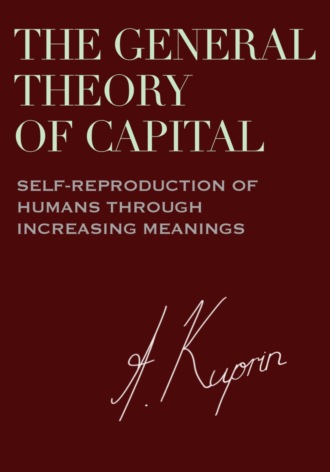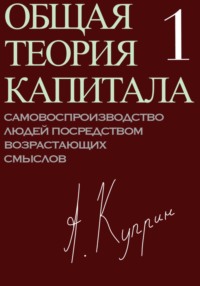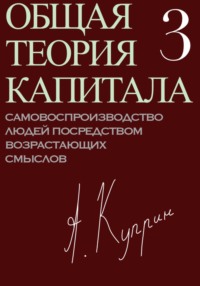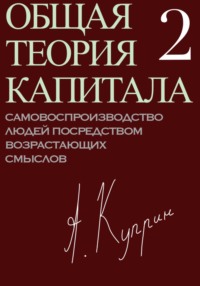The General Theory of Capital: Self-Reproduction of Humans Through Increasing Meanings

Полная версия
The General Theory of Capital: Self-Reproduction of Humans Through Increasing Meanings
Жанр: экономикагуманитарные и общественные наукиистория экономических учениймировая экономикаистория экономики
Язык: Русский
Год издания: 2024
Добавлена:
Настройки чтения
Размер шрифта
Высота строк
Поля
Конец ознакомительного фрагмента
Купить и скачать всю книгу



